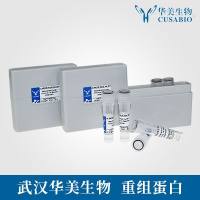Atherosclerosis is an arterial progressive disease characterized by accumulation of lipids, macrophages, T lymphocytes, and smooth muscle cells in large- and medium-sized arteries. Erosion and rupture of the atherosclerotic plaque may induce myocardial infarction and cerebrovascular accidents that are responsible for a large percentage of sudden death. Atherosclerosis is often treated by angioplasty generally followed by stent implantation. Although angioplasty and stent implantation are necessary for the survival of the patient, they induce a trauma in the vessel wall that favors a vascular reaction called restenosis and the associated de-endothelialization increases the risk of thrombosis. To study mechanisms involved in restenosis and thrombus formation, animal models have been developed. In this chapter, we describe the experimental model of balloon injury adapted for mice and apply it to study the role of Cx43 in this process. Connexins are members of a large family of transmembrane proteins that allow exchange of ions and small metabolites between cytosol and extracellular space or between neighboring cells. Connexins are important in vascular physiology, they support radial and longitudinal cell-to-cell communication in the vascular wall, and have been shown to modulate vascular pathologies such as atherosclerosis and hypertension. We also describe the various connexin-specific tools, for example, transgenic mice, blocking peptides, antisense, and siRNA, and their value in obtaining insight into the role of Cx43 in restenosis and thrombus formation after vascular injury.






